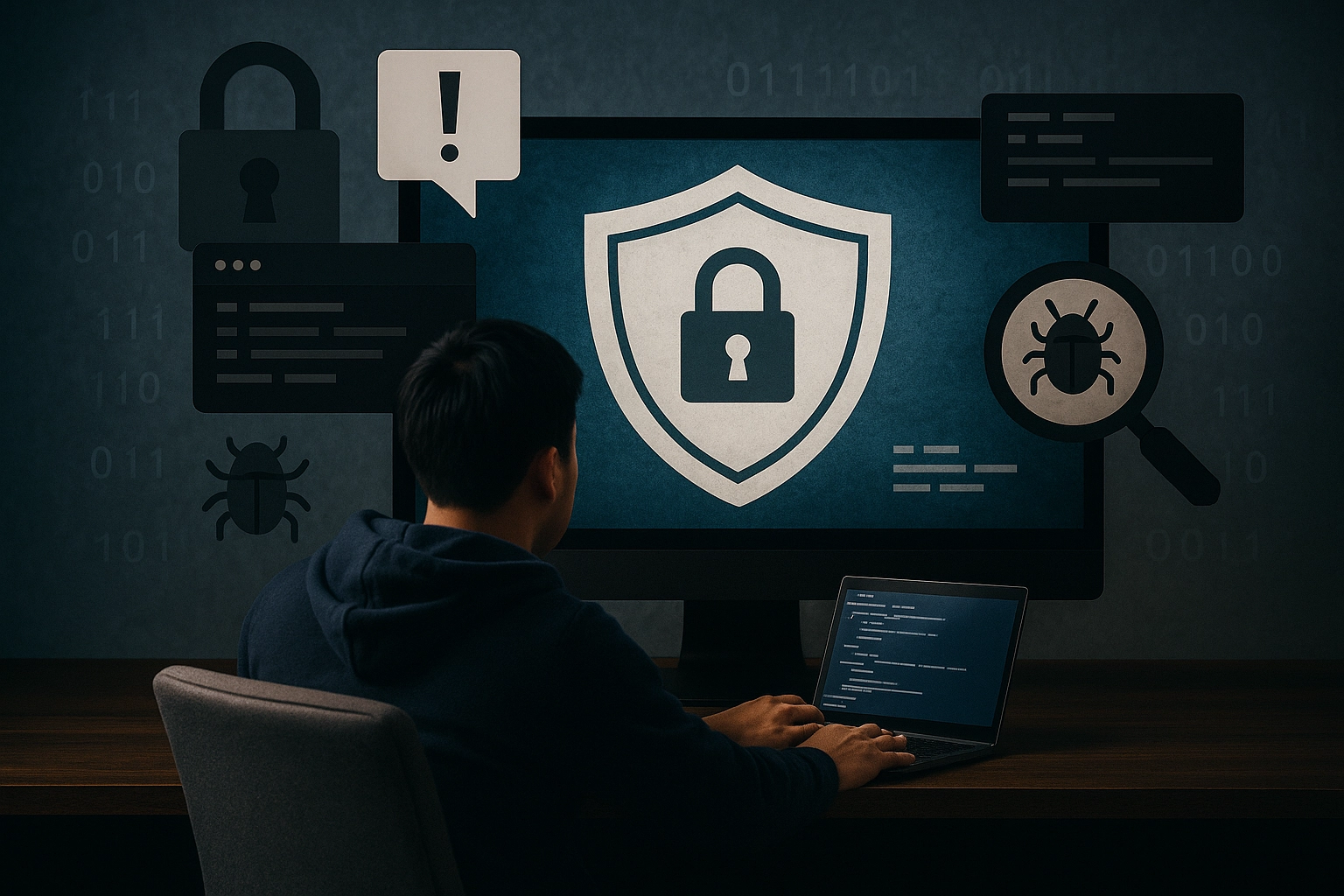Cybersecurity Testing
The automotive industry is increasingly dependent on advanced technology to enhance vehicle performance and connectivity. Cybersecurity testing plays a crucial role in ensuring that vehicles are protected from potential threats, vulnerabilities, and unauthorized access. As the connected car ecosystem expands, so does the need for robust cybersecurity measures to safeguard data integrity and prevent exploitation.
Cybersecurity testing encompasses various aspects of digital security, including software and firmware evaluation, network security assessment, and vulnerability scanning. This process involves simulating potential attack scenarios to identify weaknesses in the system's defenses. By conducting thorough tests at every stage of development, manufacturers can mitigate risks associated with cyber threats.
One of the primary objectives of cybersecurity testing is to evaluate the resilience of embedded systems against malicious activities. According to ISO/IEC 27034-1:2016, securing information systems in the automotive sector requires a comprehensive approach that integrates risk management practices into product design and lifecycle processes.
The scope of cybersecurity testing extends beyond mere compliance with industry standards; it also focuses on enhancing overall system reliability. A well-executed test ensures that all components interact seamlessly without compromising security protocols. For instance, during firmware updates or over-the-air (OTA) communications, the integrity of data must be maintained to prevent unauthorized modifications.
In addition to functional testing, cybersecurity evaluations often include penetration testing and ethical hacking exercises aimed at exposing vulnerabilities before they can be exploited by malicious actors. These tests simulate real-world attack conditions using sophisticated tools and techniques designed to identify gaps in protection mechanisms.
- Red-teaming exercises
- White-box testing
- Black-box testing
- Vulnerability scanning
The results of these assessments provide valuable insights into areas requiring improvement, allowing engineers to address issues proactively rather than reactively. Regular reviews and updates based on emerging threats ensure ongoing protection against evolving risks.
Benefits
Implementing robust cybersecurity measures offers numerous advantages that contribute significantly towards maintaining trust among consumers and stakeholders alike. Proper security protocols reduce the likelihood of data breaches, financial losses due to unauthorized access, or reputational damage caused by compromised systems.
From a regulatory perspective, adhering to stringent cybersecurity requirements helps organizations avoid costly fines and penalties associated with non-compliance. Compliance ensures adherence to both national laws (such as GDPR) and international standards (like ISO/IEC 27034).
Besides legal compliance, proactive cybersecurity initiatives foster innovation by encouraging continuous improvement in technology development processes. Companies that prioritize security early in their product lifecycle tend to experience lower costs related to remediation efforts compared to those who delay addressing identified weaknesses.
Moreover, implementing best practices for secure coding and integrated threat intelligence enhances the overall quality of automotive products while promoting safer driving experiences for end-users. By incorporating advanced analytics into cybersecurity strategies, businesses can detect anomalies faster, leading to quicker resolution times when incidents do occur.
Quality and Reliability Assurance
In addition to safeguarding against cyber threats, thorough testing contributes directly to ensuring the reliability and quality of automotive systems. Through rigorous evaluation methodologies, manufacturers can identify potential flaws early in the design phase or during manufacturing stages.
One key aspect of quality assurance is conducting stress tests under extreme conditions to validate system performance limits. This ensures that vehicles function correctly even when subjected to challenging environments such as high temperatures or humidity levels. Such trials help verify that critical components remain operational throughout their expected lifetimes without failure.
To maintain consistent standards across different models, comprehensive testing protocols are established for each component type within the vehicle architecture. These tests cover a wide range of scenarios including power cycling, signal interference, and electromagnetic compatibility (EMC) evaluations to ensure seamless integration between various subsystems.
Another critical factor in maintaining high-quality standards is ensuring proper documentation throughout every stage of testing. Detailed records allow for traceability back to original specifications whenever discrepancies arise during later stages of production or after-market service. This approach facilitates quicker identification and correction of issues while minimizing disruptions caused by rework or recall campaigns.
Environmental and Sustainability Contributions
Cybersecurity testing contributes positively to environmental sustainability efforts in several ways. First, it reduces the risk of data breaches which could lead to significant pollution from manufacturing plants that rely heavily on digital systems for operations.
- Avoids unnecessary production runs caused by compromised firmware updates or OTA failures
- Prevents emissions associated with repeated repair cycles due to system malfunctions resulting from unauthorized access
- Mitigates waste generation linked to product recalls following security incidents
Second, by enhancing overall system reliability and longevity of automotive products, cybersecurity testing promotes resource efficiency. Products designed with secure components last longer before replacement is necessary, thereby reducing material consumption throughout the supply chain.
Third, proactive cybersecurity measures enable better integration of renewable energy sources into vehicle systems. Secure communication channels facilitate seamless data exchange between electric vehicles (EVs) and smart grids, optimizing energy usage patterns and minimizing carbon footprints.





